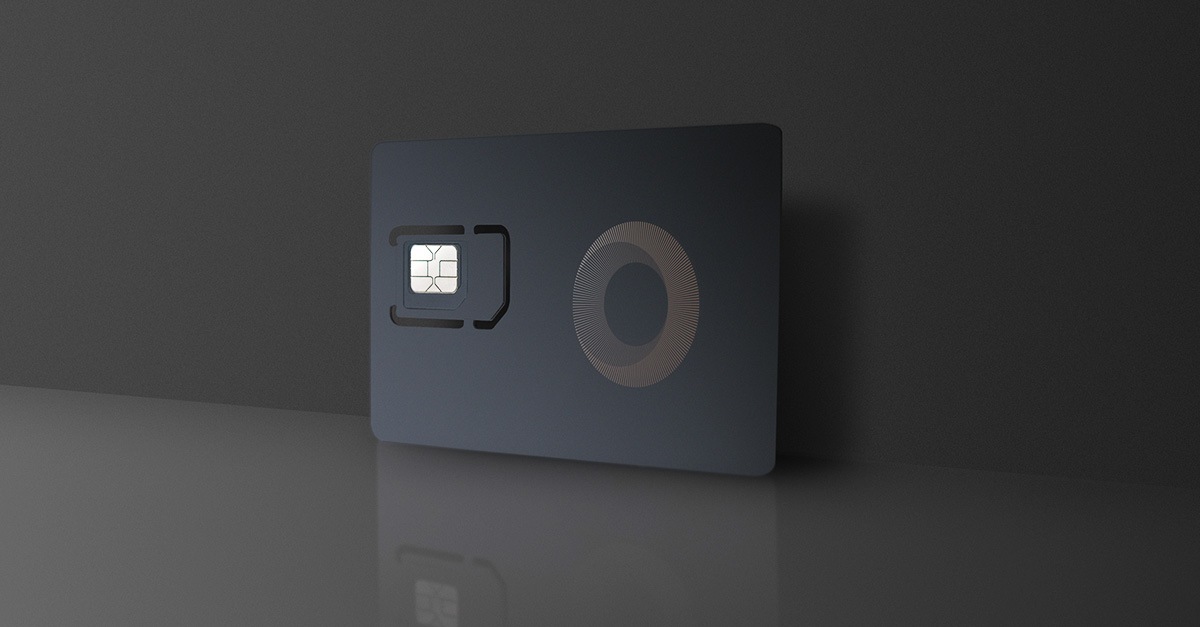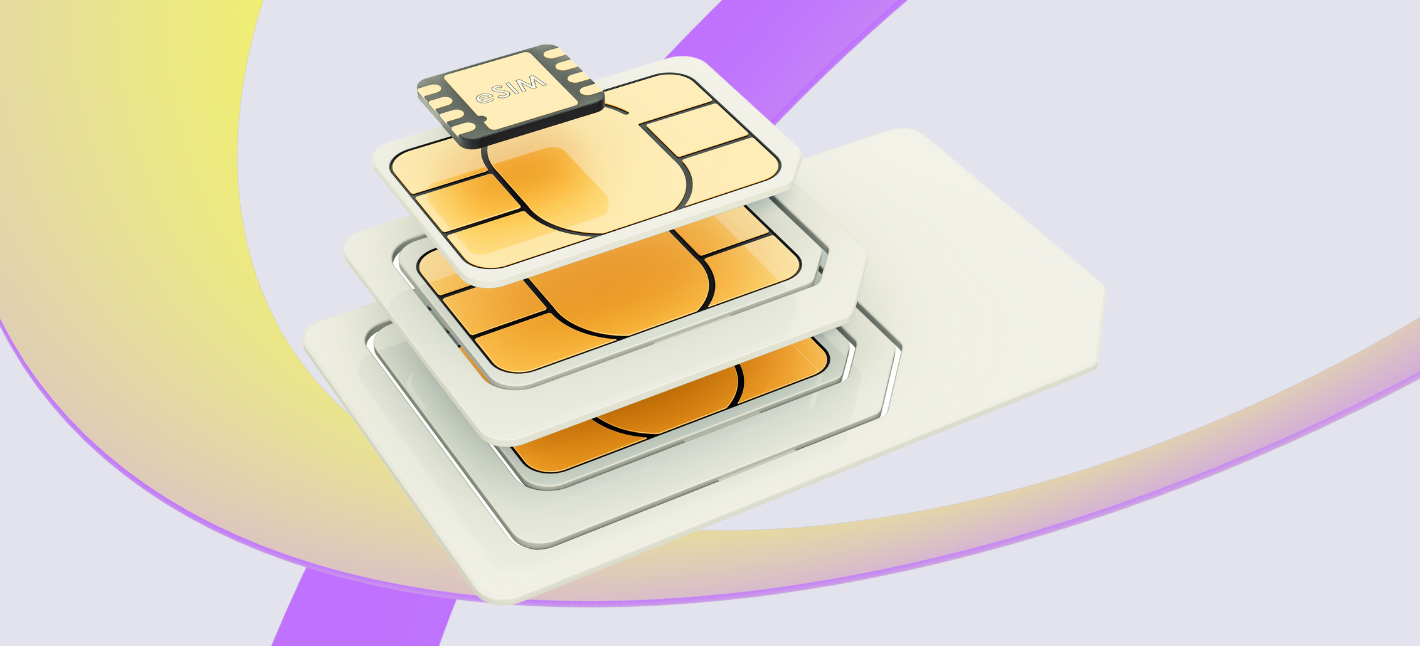Vodafone Iot Sim Card Ruggedized IoT SIM eSIM
In the landscape of the Internet of Things (IoT), connectivity standards and protocols play a vital role in making certain gadgets can talk seamlessly. As more units are related, the necessity for effective interoperability increases, leading to quite so much of standards that serve different use instances and requirements. This comparability of IoT connectivity standards and protocols highlights the nuances that differentiate each technology, offering a clearer understanding of which might suit particular functions.
LoRaWAN (Long Range Wide Area Network) is doubtless certainly one of the dominant protocols typically utilized in IoT purposes that require long-range communication. Its low energy consumption makes it significantly efficient for battery-operated units, enabling them to operate for a quantity of years while not having a battery replacement. The protocol is designed for wide area networks, making it suitable for urban, rural, and remotely deployed devices such as environmental monitors and smart city applications.
On the other end of the spectrum, MQTT (Message Queuing Telemetry Transport) is a lightweight protocol designed for resource-constrained units and low-bandwidth, high-latency networks. Due to its publish-subscribe model, it allows devices to communicate in near real-time, making it particularly popular for applications in smart homes and industrial automation. MQTT is not constrained by location, enabling devices to speak no matter the place they're situated, as lengthy as there might be internet access.
Global Nb-Iot Sim Card Freeway simHERO IoT Prepaid SIM

Zigbee and Z-Wave are two different protocols which have gained traction, particularly in house automation contexts. Zigbee operates on low energy and is designed for low knowledge rate wireless private space networks. With its mesh networking capability, it facilitates communication between multiple units, creating a sturdy network that may extend its range significantly. Z-Wave, while similar, typically operates on a lower frequency and has a definite structure that tends to work higher in indoor settings. Its focusing on of shopper merchandise provides it an edge in user-friendly purposes.
Bluetooth also plays a vital function in IoT connectivity, especially in wearable technology and close by communication scenarios. The introduction of Bluetooth Low Energy (BLE) has expanded its functionality by permitting devices to communicate with minimal battery utilization. This protocol is right for purposes where low energy is crucial however still requires a reasonable information throughput. The vary tends to be shorter, making it appropriate for environments like personal health devices, smart locks, and different proximity-focused technologies.

Another vital participant within the IoT house is Cellular connectivity, including LTE and the rising 5G networks. These technologies supply excessive information rates and widespread coverage, making them ideal for applications that require real-time information switch, corresponding to autonomous automobiles and remote surveillance systems. However, their energy consumption is usually higher compared to different protocols, which may be a limiting factor for IoT devices with battery constraints. The evolution of 5G is particularly thrilling, because it promises to facilitate even larger numbers of connected devices with decrease latency.
A lesser-known, yet impactful, standard is NB-IoT (Narrowband IoT), particularly designed for low-power, wide-area networks. It helps a high variety of related devices over a bigger area, making it well-suited for rural applications, smart metering, and smart agriculture. Its low bandwidth necessities are sufficient for transmitting small information packets, allowing devices to perform effectively with minimal energy consumption.
Does Nb-Iot Need A Sim Card IoT SIM card IoT M2M eSIMs
Comparing these protocols, a big issue to suppose about is the balance between vary, power consumption, and information price. Zigbee and Z-Wave excel in mesh networks but could not cover as wide an space as LoRaWAN. Meanwhile, protocols like MQTT can prioritize data switch effectivity over distance. cellular iot sim card The choice between utilizing a cellular framework or a specialized IoT protocol usually hinges upon the precise needs of an utility, together with geographic and technical constraints.
Security stays a urgent concern across IoT implementations. With the number of connectivity standards, making certain secure communication is paramount. Various protocols tackle security in several ways, incorporating measures similar to encryption and authentication protocols to safeguard data. MQTT, as an example, allows for safe connections and payload encryption, whereas protocols like LoRaWAN have mechanisms to authenticate devices speaking over the network.
Compatibility is one other important facet. As producers increasingly develop IoT options, the flexibility to connect gadgets from different distributors is key. Standards like Zigbee and Z-Wave have established certification packages to authenticate devices’ interoperability. This compatibility fosters a more cohesive smart residence environment, permitting units to work in live performance quite than isolation.
Future developments in IoT connectivity standards are frequently expanding the chances. Researchers and trade experts are creating superior protocols that combine the strengths of present technologies whereas addressing their weaknesses. The integration of artificial intelligence (AI) and machine studying into IoT networks is additional enhancing automation and data analysis, pushing protocols to evolve and enhance in real-time.
Iot Global Sim Card IoT SIMs
Ultimately, deciding on an IoT connectivity standard or protocol isn't merely a technical determination; it should align with the objectives of the applying and the needs of its users. The proper choice could imply the distinction between a successful deployment and a project affected by interoperability challenges, pointless costs, or lowered efficiency.
As IoT technology continues to mature, the importance of understanding and choosing appropriate connectivity standards and protocols will only develop. Industry members and developers must remain vigilant of developments and adjustments that impact the ecosystem. Knowledge of these protocols is important, because it equips stakeholders to make knowledgeable choices that will define the subsequent technology of connectivity.
In conclusion, the comparison of IoT connectivity standards and protocols reveals a complex however fascinating panorama. By understanding the benefits and limitations of each standard, developers can make educated decisions that may optimize their IoT deployments, enhancing effectivity and effectiveness and in the end paving the best way for a more connected and clever future.
- Various IoT connectivity standards, similar to MQTT, CoAP, and HTTP, cater to completely different information transmission wants, influencing effectivity and application suitability.
- MQTT is lightweight and optimized for high-latency networks, making it ideal for low-bandwidth, resource-constrained devices.
- CoAP supports RESTful interactions and operates over UDP, allowing for lowered overhead in comparison with traditional protocols used over TCP.
- Zigbee and Z-Wave give consideration to low-power, low-data purposes, good for smart home gadgets and sensor networks.
- NB-IoT and LTE-M offer cellular connectivity specifically designed for IoT purposes, providing wider coverage and better penetration in urban environments.
- Wi-Fi and Bluetooth, while prevalent, can struggle with power consumption and scalability in large IoT ecosystems, making them much less perfect for sure use circumstances.
- LoRaWAN allows long-range, low-power communication, best for purposes in remote areas requiring infrequent data transmission.
- Each standard or protocol could include distinctive security measures, influencing the choice based on the IoT deployment's threat model.
- The rising pattern of multi-protocol environments permits units to switch between standards, enhancing flexibility and interoperability within IoT ecosystems.
- Compatibility points can come up from numerous IoT connectivity standards, necessitating careful planning to ensure seamless communication throughout gadgets and platforms.undefinedWhat are the primary IoT connectivity standards available today?
Iot Sim Card The best IoT SIM Cards
The main IoT connectivity standards embrace MQTT, CoAP, LoRaWAN, Z-Wave, Zigbee, and cellular standards like NB-IoT and LTE-M. Each of these standards serves different use cases, providing various ranges, power consumption, and data transmission capabilities.
How does MQTT differ from CoAP in terms of use cases?
(Sim Card For Iot Devices)
MQTT is designed for high-latency and low-bandwidth environments, making it wonderful for scenarios requiring dependable messaging, such as distant monitoring. CoAP, on the opposite hand, is tailor-made for constrained gadgets and networks, making it suitable for purposes like smart residence automation where simplicity and effectivity are essential.

What elements ought to I think about when selecting an IoT protocol for my application?
Sim Card For Iot Marketplace
Key elements include the application’s necessities for range, energy consumption, data payload dimension, and network conditions - Iot Single Sim Card. Additionally, contemplate the level of safety and scalability wanted, as well as infrastructure and system interoperability.
Is safety a significant concern when comparing IoT connectivity standards?
Yes, safety is a website link paramount concern. Different standards provide various ranges of security measures, like data encryption and authentication measures. It’s important to judge how each standard addresses potential vulnerabilities to ensure the protection of delicate information.
Telkomsel Iot Sim Card IoT SIM card
Which connectivity protocol is best for long-range communication?
LoRaWAN is usually thought of the best for long-range communication because of its capability to cowl distances of up to 15 kilometers in rural areas. It is especially efficient in applications like agricultural monitoring and smart city deployments where units are unfold out over giant areas.
How do energy consumption levels vary among different IoT protocols?
Iot Sim Card South Africa Global IoT connectivity data plans SIM
Power consumption varies significantly among protocols. For example, LoRaWAN and Zigbee are designed for low power usage, appropriate for battery-operated gadgets needing lengthy operational life. In distinction, cellular protocols like NB-IoT would possibly devour extra energy but offer greater bandwidth for critical functions.
Can a quantity of connectivity standards coexist in the identical IoT environment?
How Iot Sim Card Works IoT SIM Cards
Yes, multiple connectivity standards can coexist inside the similar environment. This allows for higher flexibility and integration of varied units across different applications. However, it does require a well-architected system that can handle and route information between totally different protocols successfully.
What role does scalability play in selecting an IoT connectivity standard?
Scalability is essential when selecting a connectivity standard, particularly for functions anticipated to grow over time. Some protocols allow for easy addition of gadgets and seamless integration into current networks, while others may have limitations that could hinder growth.
How Iot Sim Card Works IoT SIM card Networking Protocols Devices
Are there specific industries that favor particular IoT protocols?
Yes, particular industries usually favor specific IoT protocols based mostly on their unique requirements. For instance, smart agriculture tends to favor LoRaWAN because of its lengthy range, while residence automation usually makes use of Zigbee or Z-Wave for their low power consumption and mesh networking capabilities.